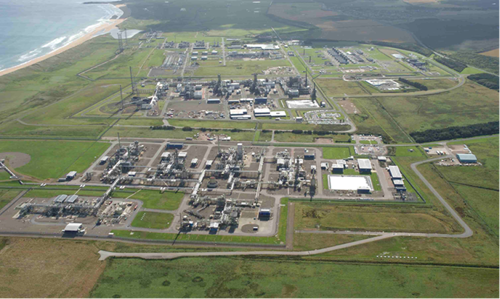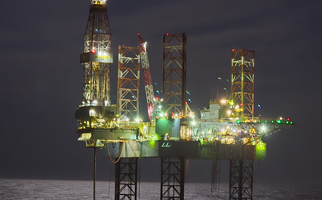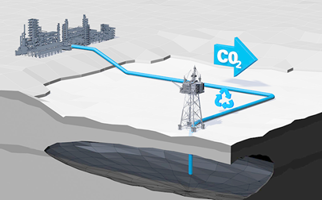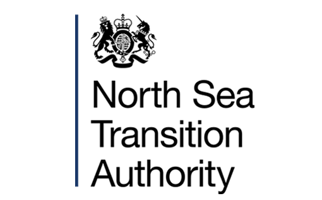
Today’s Operations
The St Fergus Terminal services both FUKA (Frigg UK Association) Pipeline and the third party Vesterled Pipeline.
Operating at >99% availability, the terminal is a critical component in the country’s energy security strategy as we transition to net zero.
Gas is processed by JT valves and/or turbo expander. Liquids are handled by two de-ethaniser trains.
The identical gas trains are designed for parallel operation, and feature the following operations:
- Liquids separation (inlet scrubber)
- Gas dehydration
- NGL recovery
- Sales gas re-heating
- The liquids trains also operate in parallel, and feature the following operations:
- Liquid dehydration
- De-ethanisation
- Associated off-gas compression
Gas is redelivered to the National Transmission System.
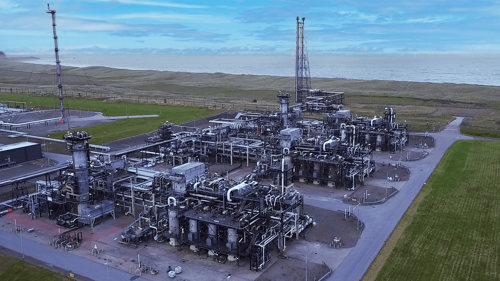
Future Strategy
St Fergus has expansion land to accommodate any new gas treatment facilities alongside thedevelopment of an integrated onshore energy hub.
There are active plans to manage emissions in line with North Sea Transition Deal targets.
Today’s operations
- The Scottish Area Gas Evacuation (SAGE) System, which has a nominal capacity of 1,150 million standard cubic feet per day (mmscfd), is an integrated gas transportation and processing system composed of the SAGE pipeline and SAGE terminal.
- The SAGE terminal, a critical part of the UK’s energy infrastructure, was commissioned in 1992 and expanded in 1995.
- The SAGE System serves the UK Northern and Central North Sea and the Norwegian Continental Shelf.
Energy transition
- Greenhouse gas and energy management.
- Scope 1 emissions reduced by >30% since 2018.
- Further opportunities from fuel switching to electrification and renewable power generation are under consideration.
- Future energy
- Proximity to gas and power grids support a variety of energy transition opportunities.
